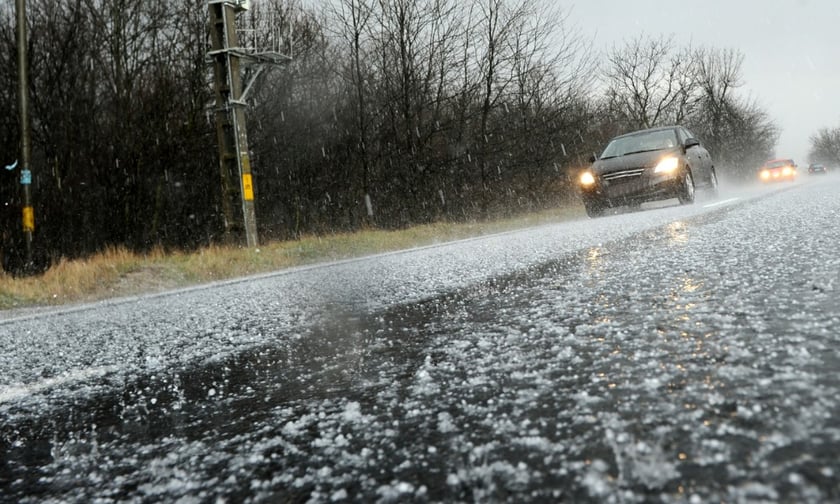

Insurance Australia Group (IAG) has released a hail fact sheet as Australia prepares for its annual thunderstorm season.
The fact sheet aims to raise community awareness on how to best prepare for and protect against the impacts of hail.
Why hail? Of all the severe weather events, hail forms rapidly and can cause concentrated and significant damage. For example, the 1999 Eastern Sydney Hailstorm, which recorded $5.57 billion in insured losses (normalised to 2017 values), is one of the costliest natural disasters in Australia. Additionally, there is often little warning to communities that a hailstorm is forming, leaving residents unprepared and vulnerable to significant damage to their vehicles and properties.
“We are now entering the most active part of the year for damaging hailstorms. The risk of damaging hail events should rapidly grow through November, peaking through the summer months, highlighting the need for people and communities across eastern and southern states to prepare ahead of time for potential severe thunderstorm impacts,” said Mark Leplastrier, atmospheric scientist and executive manager of natural perils at IAG.
Read more: How IAG performed in the 2022 financial year
IAG warned that hailstorms are likely to become more frequent and intense in Australia due to climate change, with large parts of southern and eastern Australia most at risk, such as:
The insurance giant predicts that the most at-risk areas will extend southwards through New South Wales (NSW) to include the inland region from the Hunter River, down through central and southern highlands, and into central and eastern Victoria.
The hail fact sheet recommends protecting houses and assets through:
Aside from releasing a hail fact sheet, IAG helps Australians become more resilient to extreme weather events by engaging with governments at all levels to identify options to protect communities from the devastating impacts of floods.
